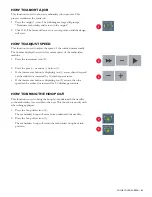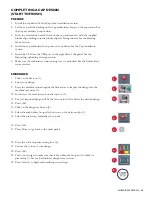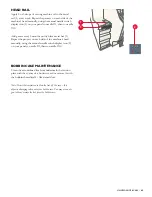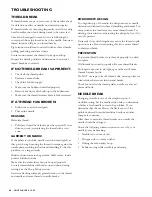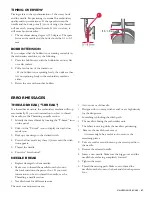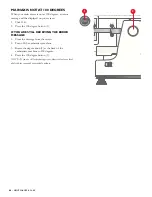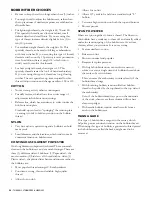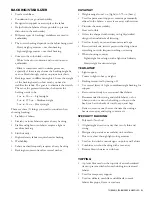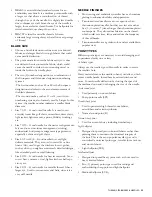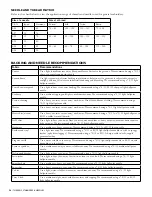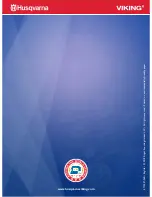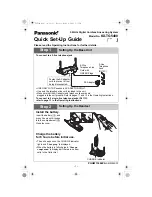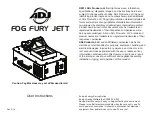
THREADS, STABILIZERS & NEEDLES –
53
• DBxK5 is an established standard system for an
embroidery machine. It is a medium point needle with
a larger eye that allows a smoother flow of thread
through the eye of the needle. It is slightly less durable
due to thinner eye wall. Since the eye of the needle is
larger, there are fewer thread breaks. Use ballpoints for
stretch materials; use sharps for cotton.
• DBx7ST is ideal for metallic threads. It has an
extremely large rectangular eye that allows easy passage
of thread.
BLADE SIZE
• Choose a finer blade on more fine woven or knitted
fabrics and a larger blade for tough fabrics that could
cause needle deflection.
• The point must also enter the fabric easily so it does
not deflect when it contacts the fabric, which could
cause the needle to strike the surrounding metal or
inside the hole in the needle plate.
• The two (2) number designation is a combination of
the European and Asian size designation numbering
systems.
-The first number, such as 65 or 80 is the European
designation and refers to the actual measurement of
the blade diameter.
-The second number, such as 11 or 14, is an Asian
numbering system, also formerly used by Singer. In this
system, the smaller number indicates a smaller blade
diameter.
• Size 75/11 – Good overall needle. It is used to sew
everyday items like golf shirts, sweatshirts, dress shirts,
light jackets, lighter canvas, aprons, Holiday stockings,
etc.
• Size 70/10 – Good needle for the newer tech garments.
It is used to sew moisture management (wicking),
antibacterial, body temp management type garments,
especially t-shirts and golf shirts.
• Size 65/9 or 60/8 – Good needles for very light/
delicate materials. They are used to sew silks or fine
linens. Also, used to get the stitches closer together,
such as when you might sew extremely detailed designs
like a detailed patch or small lettering.
• Size 80/12 – Good needle for heavier materials. Used
to sew heavy canvases, vinyl, lighter leathers, ball caps,
visors, etc.
• Size 90/14 – Good needle for metallic thread. It has a
larger eye. Used to sew canvases and belts, since it is a
very stiff needle.
NEEDLE FINISHES
• Most sewing and embroidery needles have a chromium
plating to enhance durability and appearance.
• Titanium coated needles are more expensive than
chromium-plated needles, but they can last as much as
five (5) to seven (7) times longer than chromium-plated
counterparts. They also reduce friction on the thread,
which could save time, labor and reduce the frequency
of thread breaks.
• Titanium needles are a golden color and are available in
popular sizes.
POINT TYPES
Different point types are necessary to avoid damaging and
to penetrate cleanly on a variety
of fabric types.
Always use the smallest possible needle in order to create
the smallest hole.
Heavy materials cause the needle to bend, or deflect, which
causes needle breaks, thread breaks, missed stitches and
more. Control needle deflection by slowing the speed of
the machine down and/or changing the size of the needle.
Acute round point
• Used primarily on woven fabrics.
• Sharp point needle (SPI).
Slender sharp point
• Used to penetrate high thread count fabrics,
microfibers and certain synthetics
• Normal round point (R).
Normal sharp point
• Used for woven fabrics, including finished caps.
Light ballpoint
• Designed to spread yarn in knitted fabrics rather than
piercing them to maintain the structural integrity of
the knit. This is the most popular needle type and is
considered a universal point type, suitable for most knit
and woven fabrics.
• Light ballpoint (SES).
Medium ballpoint
• Designed to spread heavy yarns such as those used in
heavy knitted fabrics.
• Two (2) primary point types used for sewing and
embroidering: sharp point and light ballpoint.
• Medium ballpoint (SUK).



